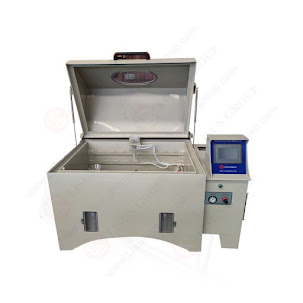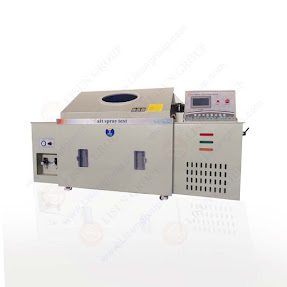Salt fog test against flood light with LISUN salt spray test chamber
.jpg)
In difficult coastal areas, one popular technique for assessing the performance and endurance of flood lights is the salt fog test. In coastal places, flood lights are often employed despite the fact that they are subject to the corrosive effects of salt spray, salt fog, and other environmental factors. As a consequence of this, it is essential to make certain that the design and production of these lights are such that they can resist the circumstances. The LISUN salt spray test chamber is intended to enable exact control of temperature, humidity, and salt spray concentration, which makes it an excellent instrument for assessing the performance and longevity of flood lights in areas with high concentrations of salt spray. Using a LISUN salt spray test chamber, one may carry out a salt fog test in comparison to flood lights by following these steps: To prepare the test specimens, flood lights should be mounted on a test board or fixture before they are put through their paces. In
.jpg)
.jpg)
.jpg)
.jpg)

.jpg)

.jpg)
.jpg)
